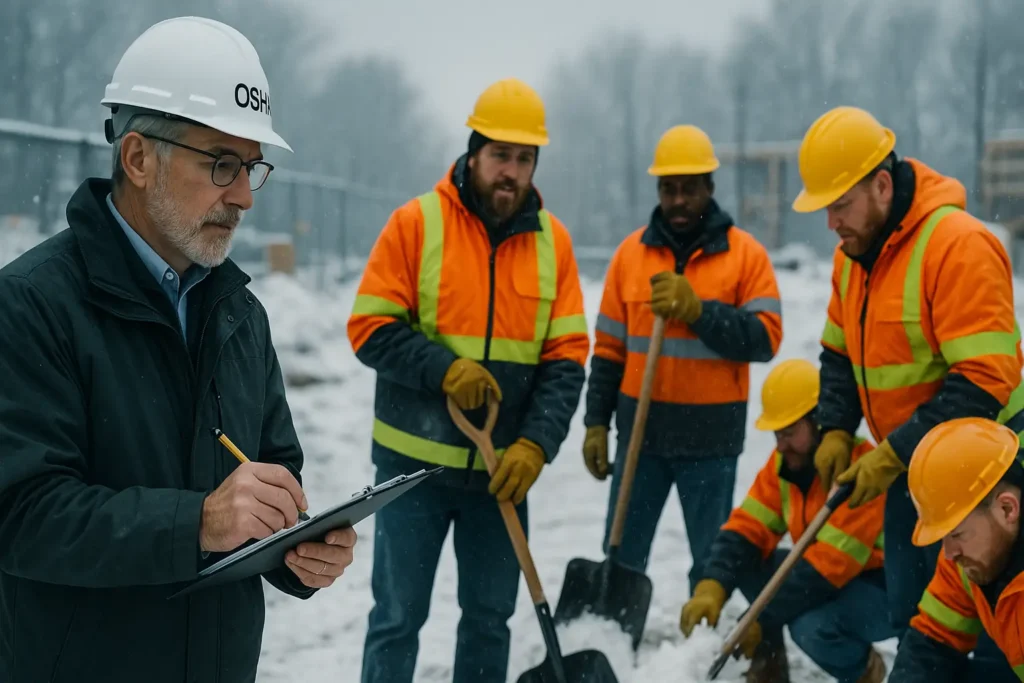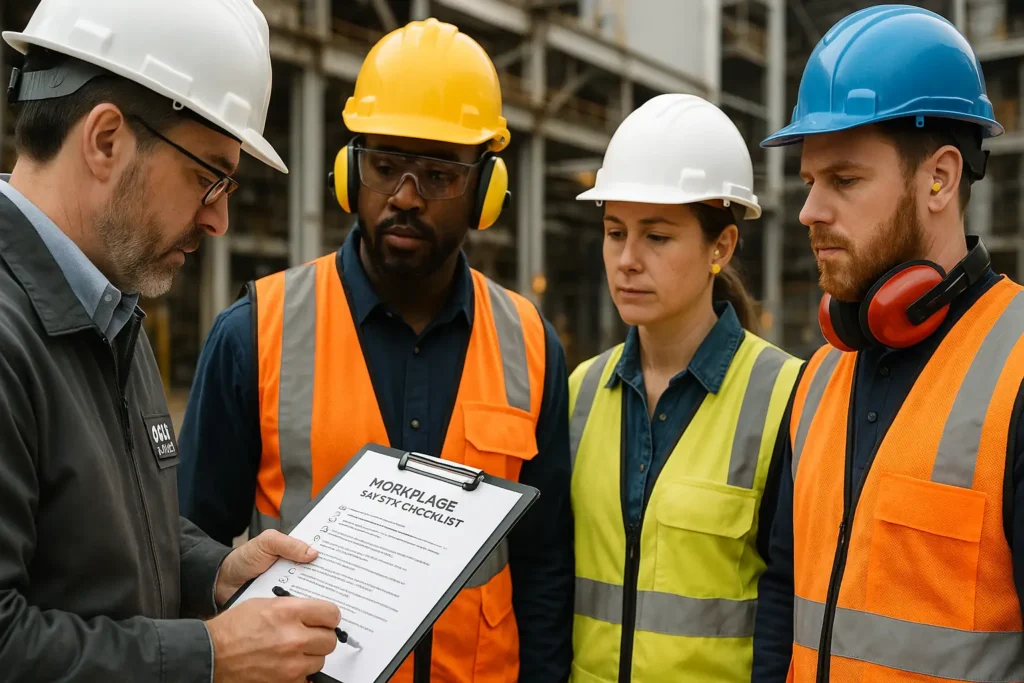What Is OSHA Hierarchy Of Controls?
Safety is a core concern in the workplace–not only to be compliant, but because it is in the best interest of the workers and the operations to continue. The U.S. Bureau of Labor Statistics has shown that 2.8 million nonfatal workplace injuries and illnesses were reported by employers in the private industry in 2022 alone. These statistics indicate an urgent necessity to control hazards systematically, which the Hierarchy of Controls can effectively take care of.
The Hierarchy of Controls is a risk management and risk elimination prioritized approach that was developed and supported by the Occupational Safety and Health Administration (OSHA). This blog will discuss what this hierarchy is, why it is important, and how it can be used to minimize incidents and injuries in the workplace.
What Is OSHA Hierarchy Of Controls?
The Hierarchy of Controls is a manner that helps to provide an organized manner to control other hazards effectively.
- Elimination
- Substitution
- Engineering Controls
- Administrative Controls
- Personal Protective Equipment (PPE)
The model can be depicted as an upside-down pyramid with the best controls at the apex. The principle is straightforward: get rid of the danger where possible. Otherwise, go down the list. Each of the steps downward is a step of diminishing effectiveness and growing dependence on human behavior.
Work-related injuries and risks cost American companies billions of dollars each year. The National Safety Council (NSC) estimates that the combined cost of work injury in 2022 was 167.0 billion dollars, consisting of wage losses, medical costs, administrative costs, and employer costs.
The 5 Levels of Hazard Controls as Explained
Here is how we can analyze each of the levels by examples and practical knowledge:
1. Elimination- Removal of the Hazard Physically
The best method of control is elimination. Without a hazard there can be no harm. This is a very strong strategy when projects are being planned.
Example:
In a factory, where employees might be forced to lift heavy materials (which might cause back injury), the company can install automated conveyors- totally removing the hazard of manual lifting.
Begin by performing an extensive risk analysis during planning or renovation. This increases the feasibility and affordability of elimination.
2. Substitution- Elimination of the Hazard
When it is not possible to eliminate, then substitution is the next best alternative, i.e. replacing a harmful material or process with another that is safer.
Example:
An irritating solvent should be replaced with a non-toxic or less dangerous one. Make sure that the substitute does not cause new risks. Conduct a comparative hazard analysis prior to implementation.
3. Engineering Controls -Separation of People and Hazards
Engineering controls are physical modifications that separate workers and the hazards without the use of behavior.
Example:
- Putting up local exhaust ventilation to eliminate poisonous fumes
- Installation of machine guards to avoid contact with moving machines
- Having soundproof enclosures on loud machines
NIOSH notes that engineering controls are better since they do not rely on actions of workers to
4. Administrative Controls- Altering the Way People Work
Administrative controls modify procedures or policies to minimize risk. Such controls depend more on the adherence of the workers and they are usually applied together with engineering controls.
Example:
- Applying compulsory breaks to prevent fatigue
- Development of proper Standard Operating Procedures (SOPs)
The involvement of employees in safety committees may assist in developing more practical policies and increase adherence.
5. Personal Protective Equipment (PPE)
PPE encompasses protective clothing such as gloves, goggles, respirators and helmets. It is the least effective one since it does not remove the risk, it merely decreases exposure.
OSHA requires employers to offer the required PPE when other methods of control are not possible.
Example:
PPE like harness and helmets are necessary when working at height is unavoidable at a construction site.
Fall preventions with real world applications
Falls are always among OSHA Top 10 most cited violations, especially in the construction industry. They constitute a huge percentage of all deaths at workplaces and hence fall prevention is an important area of concern. The hierarchy of controls can be used to mitigate the risks of falling as follows:
Elimination
Design prefabricated modules that can be constructed on the ground so that working at height is not required at all.
Substitution
Replace ladders with extendable tools or aerial work platforms to minimize the risks of falls.
Personal Protective Equipment
Provide workers with harnesses, lanyards, non-slip boots and helmets with chin straps as personal protection.
Engineering Controls
Place physical barriers such as guardrails, anchor points and safety nets to avoid falls or minimize the extent of injuries.
Administrative Controls
Prepare a detailed fall protection program that encompasses job specific training, well defined procedures and safety supervision.
Practically, it is usually most effective to combine these levels. To illustrate, when guardrails are combined with training and adequate PPE, the risks of falls and associated injuries are minimized considerably. Frequent auditing and input by the workers also assist in maintaining the relevance and effectiveness of these controls in response to the evolving site conditions.
The Way to Implement the Hierarchy
These are some of the best practices in integrating the hierarchy into your safety program:
- Elimination and substitution first: Whenever possible, you should first try to eliminate or substitute before PPE.
- Assess on a regular basis: Hazards change. Re-evaluate controls during audits or post incidents.
- Educate employees: Make sure employees know not only what controls are there, but why they are there.
- Evaluate performance: Gather safety data and make modifications based on it.
Conclusion
The OSHA Hierarchy of Controls does not merely exist as a theoretical concept, but it is a tool that can be used to make workplaces safer, more efficient, and compliant. Whether it is the elimination of hazards, the use of PPE, or any other level, it helps to minimize the chances and the severity of workplace injuries.
This systematic process will ensure that you are compliant with the law, you do not lose money, and most importantly, you safeguard your people. To find out more or to advance your safety program, visit the official site of OSHA or research OSHA-approved training.
Related Posts

OSHA Winter Safety Tips for 2025: Protect Outdoor Workers

Top 10 Hazards OSHA Inspectors Look for at Work

